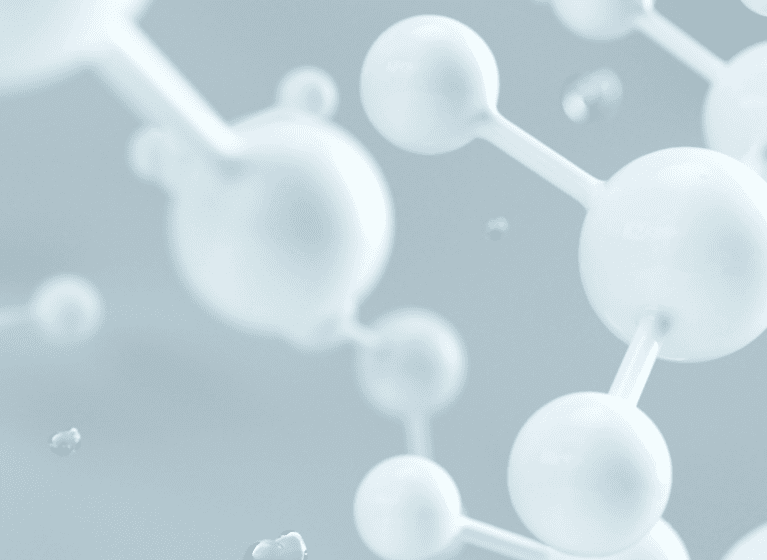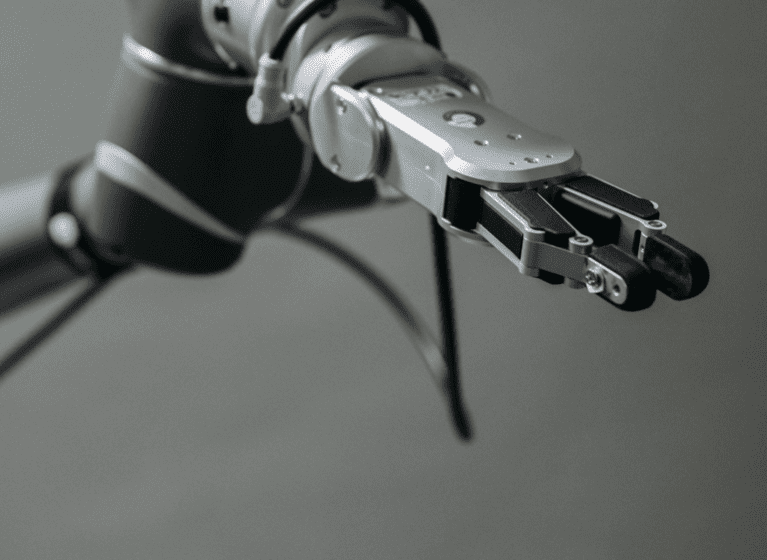In part 1 of this article series, we provided recommendations that applicants may take to best position their applications to meet patentable subject matter requirements in Australia, particularly in respect of life-sciences inventions with a computer implemented aspect. Then in part 2, we discussed recent patent office decisions concerns computer implemented methods in the life sciences space to shed light on the approach currently taken by the Australian patent office.
Here in part 3, by reviewing publicly available prosecution histories we were able to confirm our theory that the Australia patent office is approaching these type of inventions with the sample principles they use for computer implemented inventions.
To investigate the approach of Australian patent examiners when examining applications in the AI/ML – therapy space we searched for patents and patent applications where the claims included the key words “artificial intelligence” or “machine learning” and the abstract included one of the keywords “therapy”, “therapeutic”, “diagnostic” or “diagnosis”.
While this is not an exhaustive search, 268 patents and applications were identified. The breakdown of application status is shown in the table below.
| Status | Number of patents/applications |
|---|---|
| Granted | 38 |
| Accepted | 7 |
| Converted | 1 (not certified) |
| Filed | 129 |
| Lapsed | 54 |
| Ceased | 38 |
| Withdrawn | 1 |
Application status of patents/applications identified through keyword searching
Lapsed applications
Of the 54 lapsed patent applications, we identified 13 applications that failed to gain acceptance where at least one response was filed to an examination report (suggestive that these cases were not abandoned). A brief summary of these applications is shown in the table below.
| Application number | Examination Division | Type of outstanding objection |
|---|---|---|
| 2012329088 | Elec 4 | Support and Enablement |
| 2023204091 | Elec 4 | Patentable subject matter |
| 2017229488 | Chem 1 | Patentable subject matter |
| 2018219846 | Elec 3 | Novelty/IS |
| 2018322189 | Elec 4 | Patentable subject matter |
| 2018367925 | Chem 1 | Patentable subject matter |
| 2020203660 | Elec 3 | Novelty/IS |
| 2020244858 | Mech 4 | Novelty/IS |
| 2019202082 | Elec 4 | Patentable subject matter |
| 2011270731 | Phys | Novelty/IS |
| 2017257785 | Chem 1 | Patentable subject matter |
| 2017204178 | Elec 4 | Patentable subject matter |
| 2016288666 | Chem 1 | Patentable subject matter |
A further 8 applications were identified which had examination reports issuing patentable subject matter objections from either the Chem1, Elec3 or Elec4 examination divisions and no response to the examination report was filed. In the subset of applications we looked at, both chemistry (Chem 1) and Electronics (Elec 3 and Elec 4) examining divisions raised patentable subject matter objections.
Overcoming Patentable Subject Matter objections
Next, we look at accepted applications or granted patents where patentable subject matter objections were raised during prosecution with respect to the AI/ML aspect of the claims which were ultimately overcome.
Spread of examination divisions
A summary of the 45 identified accepted applications and granted patents per examination division is shown in the table below. Applications were fairly evenly distributed amongst Chem/Mech/Elec examination divisions.
| Examining Division | Accepted applications + Granted patents |
|---|---|
| Chem 1 | 8 |
| Chem 4 | 2 |
| Elec 2 | 2 |
| Elec 3 | 8 |
| Elec 4 | 8 |
| Mech 4 | 16 |
| Unknown (Innovation patent, certification not requested) | 1 |
| Total | 45 |
In the set of identified applications, 5 patents/applications had patentable subject matter objections raised during examination on the basis that the claim referred to either a “mere scheme” or a “generic utilisation of well-known functions of a computer”.
These objections were addressed by:
- In 1 case (2016273897), claims were amended to be methods of treating a patient, wherein the method involved a computer system and an additional step of administering a drug to the patient.
- In 1 case (2017341084) dependent claims were amended to be method of treatment performed by a computer apparatus.
- In 1 case the claims were amended to include further details about the AI implementation by limiting to a convolutional neural network (2021387426), adding further technical detail to the claim and requiring the method to produce a tangible result, ie a diagnosis.
- In 1 case, the patent was converted to an innovation patent (certification was not requested) (2018102201)
- In 1 case (2019253118), dependent claims relating computer systems for carrying out a method were deleted
While the data set is too small to draw conclusions on trends, the prosecution of these applications do illustrate potential for patentable subject matter objections in AI/ML assisted therapeutic and/or diagnostic applications and possible resolutions to the objections, noting that conversion to an innovation patent is only an option when the complete specification was filed before 25 August 2021.
For the claims that were amended, the originally filed claim, and the accepted amended claims are shown in the tables below.
| Application number | Original Claim | Accepted Claim |
|---|---|---|
| 2016273897 |
A method of determining a marker for treating a disease using a drug based on omics data of distinct diseased cell lines, comprising:
|
A computer-assisted method of treating a patient having a tumor comprising:
|
| 2017341084 |
A computer apparatus configured to perform a method according to any one of claims 1 to 72.
A computer readable medium programmed to perform a method according to any one of claims 1 to 72. |
The method according to any one of claims 1 to 6, wherein the method is performed by a computer apparatus.
The method according to any one of claims 1 to 6, wherein the method is stored as a computer readable medium programmed to perform said method. |
| 2021387426 |
A method of providing information to diagnose cancer and predict a type of cancer based on artificial intelligence, the method comprising:
|
A method of generating a cancer diagnosis and predicting a type of cancer based on artificial intelligence, the method comprising:
|
“mere scheme”
In one case, application 2018102201, directed to a method of diagnosing cancer, the examiner took the view that neither the method of diagnosis or the computer implementation of the diagnosis could confer patentability. The examination report refers to the method of diagnosis as being a series of computer implemented procedural steps to evaluate the effectiveness of a therapy, and a lack of detail in the specification of how the method leads to an improvement in the elevated therapy.
Examining Division
The identified applications were allocated to several different examining divisions, Elec 2 (Electronics and Communications), Elec 3 (Computing) or Elec 4 (Data processing and measurements), Mech 4 (Medical Devices), Chem 1 (Biotechnology) or Chem 4 (Pharmaceuticals).
Depending on the nature of the invention, it can be advantageous to direct the application to the most appropriate examining division. In our experience examiners from a non-life science division sometimes fail to understand the nuances of biological systems, and may overly focus on the computer-implements aspects of the invention. On the other hand, examiners unfamiliar with computer implemented inventions may raise incorrect patentable subject matter objections.
Depending on the applicant’s commercially valuable embodiments of the invention, ordering independent claims to direct the application to the preferred examination division may be advantageous. For example, if the applicants preferred embodiments of the invention are the methods of treating patients, putting these claims first may increase the likelihood of the application being allocated to a life sciences examiner. Particularly when the inventiveness of the invention is best assessed by reference to biological information or a therapeutic outcome, it appears to be advantageous to direct examination to a life sciences examiner.
Summary
Our preliminary analysis does appear to confirm that Australian patent examiners will generally assess an invention involving an AI or ML element in the claims using the same principles as a computer implemented invention.
Based on our analysis, the strongest predictor of whether a case is likely to face a patentable subject matter objection despite relating to a method of therapy or diagnosis is if there are no examples in the specification, if the description is overly generic, and if the only new factor is the use of an AI or ML.
It appears that applications which only have a “generic” description of AI or ML implementation will likely increase the chance of a patentable subject matter objection, whereas including a clear technical relationship between components of the AI/ML and the technical outcome achieved may put the applicant in the best position to overcome a patentable subject matter objection or better yet circumvent it altogether.
There may also be some benefit in considering preliminary amendments, such as ordering of the claims, adjusting claim language for Australian practice and planning for post-filing data.
Please reach out to the team at FPA Patent Attorneys if you would like detailed advice regarding prosecution strategies for therapeutic or diagnostic methods involving an AI or ML component.









